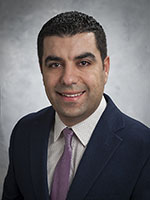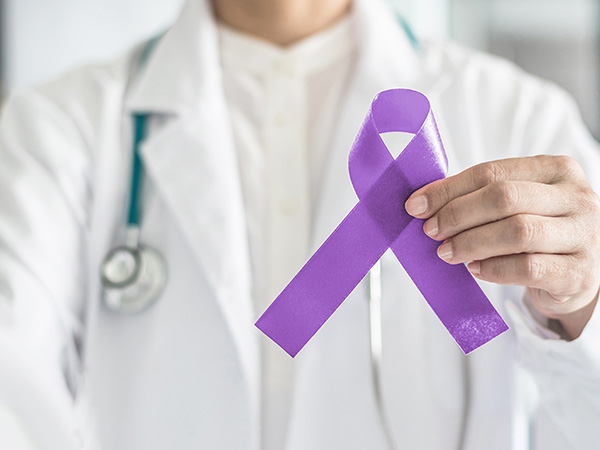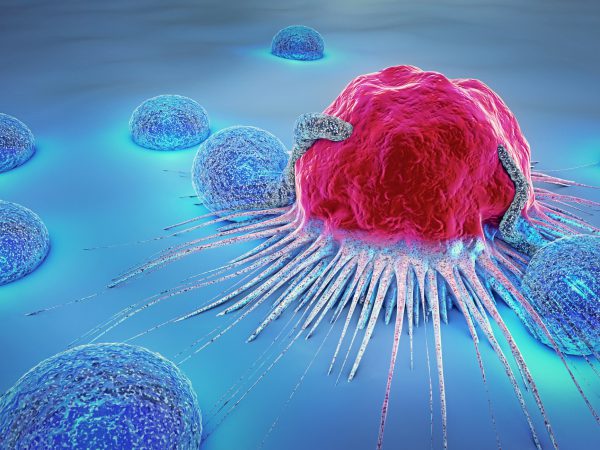Mammography Screening: Benefits and Potential Risks
For women in the United States, breast cancer is the most commonly diagnosed cancer and the second most common cause of cancer-related death.
Mammography screening of women at average risk for developing breast cancer reduces mortality from the disease and reduces incidence of advanced disease, according to a review of the effectiveness of breast cancer screening; however, the magnitude of these reductions is not statistically significant at all ages. Moreover, mammography screening also carries risks, including the chance that it will yield a false-positive result.
After rigorously evaluating research into the benefits and potential risks of mammography screening, the U.S. Preventive Services Task Force and panels of experts convened by various professional societies issue evidence-based recommendations for using screening mammograms. Because the experts convened by different bodies are often different, and some groups give more weighting to certain benefits and potential risks than other groups do, there are differences in the mammography screening recommendations from distinct groups of experts.
The fact that there are differences in mammography screening recommendations highlights the need for additional research into the benefits and potential risks of mammography screening. A research study published this week in Cancer Epidemiology, Biomarkers & Prevention, a journal of the American Association for Cancer Research (AACR), has shed new light on potential adverse consequences of false-positive results from a screening mammogram.
Adverse Consequences of a False-positive Result from a Screening Mammogram
A false-positive result occurs when an abnormality seen on a screening mammogram turns out not to be cancer after additional tests, such as diagnostic mammography, ultrasound, and/or a biopsy.
More than 50 percent of U.S. women who have annual screening mammograms for 10 years will experience a false-positive result, according to the National Cancer Institute.
“Women who have a false-positive result from a screening mammogram often experience emotional, physical, and economic stress,” said the lead author of the new study, Firas M. Dabbous, PhD, who is manager of patient centered outcomes research at the Russell Institute for Research & Innovation at the Advocate Lutheran General Hospital in Park Ridge, Illinois.
The new study showed that in addition to these stresses, women who had a false-positive result from a screening mammogram were more likely to delay or forgo their subsequent screening mammogram than women who had a true-negative result.
Specifically, Dabbous and his colleagues found that among 261,767 women who were screened through a large health care organization with multiple facilities in the greater metropolitan Chicago area, those who had a false-positive result were significantly less likely to have a subsequent screening mammogram in the database than women who had a true-negative result.
They also found that among the women with more than one screening mammogram in the database, those who had a true-negative result from the first mammogram were 36 percent more likely to have returned for a subsequent screen in the next 36 months compared to women who had a false-positive result.
“This suggests that we need to more actively encourage women who have a false-positive result from a screening mammogram to adhere to routine screening mammography recommendations because it has been shown to reduce breast cancer mortality,” said Dabbous. “We believe that the delay in subsequent screening for women who have an initial false positive result increases the probability that they will subsequently receive a later-stage breast cancer diagnosis compared with women who first have a true negative result from a screening mammogram.”
In fact, he and his colleagues found that the four-year cumulative risk of a late stage at breast cancer diagnosis was 0.4 percent for those who had a false-positive screening mammogram result compared with 0.3 percent for those who had a true-negative result. This difference was statistically significant.
The consequences of a false-positive result from a screening mammogram have been researched before. For example, a study published in Cancer Epidemiology, Biomarkers & Prevention in December 2015 showed that women with a history of a false-positive result may be at increased risk of developing breast cancer for up to 10 years after the result.
At the time, the study’s lead author, Louise M. Henderson, PhD, who is now associate professor of radiology at the University of North Carolina School of Medicine in Chapel Hill, said she does not want the findings of her study to increase anxiety over mammograms and breast health because the increase in absolute risk with a false-positive mammogram result is modest.
“We intend for our findings to be a useful tool in the context of other risk factors and assessing overall breast cancer risk,” she said.






Thanks for sharing how additional research into the risks of mammography should be done. My wife has been debating about getting one. If she wants to get one done I won’t stop her but maybe getting a bit more information about it would be nice.
Thank you for pointing out that getting a mammogram can reduce your risk of dying of breast cancer. My wife has a history of breast cancer in her family, so I’m thinking about taking her to an x-ray clinic soon for a mammogram. I’m going to search for a reputable x-ray clinic in the area that does mammograms.